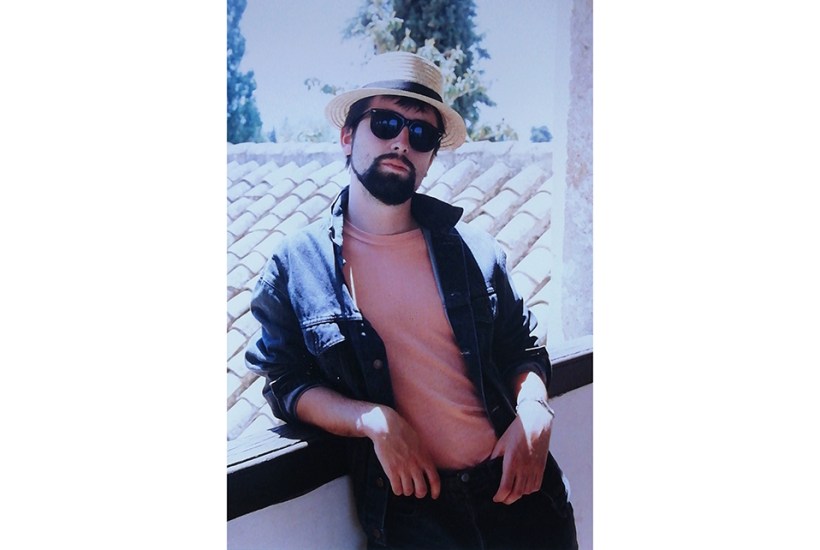Those one-time hellraisers the Young British Artists are today more likely to be found making noise complaints to the local council than sliding down the bannisters at the Groucho Club. But in his part-historical, part-satirical, part-autobiographical debut novel Art, Peter Carty returns to their heyday as he charts the birth of the movement that shook up the art world in the early 1990s.
Already a subscriber? Log in
Subscribe for just $2 a week
Try a month of The Spectator Australia absolutely free and without commitment. Not only that but – if you choose to continue – you’ll pay just $2 a week for your first year.
- Unlimited access to spectator.com.au and app
- The weekly edition on the Spectator Australia app
- Spectator podcasts and newsletters
- Full access to spectator.co.uk
Or
Unlock this article
You might disagree with half of it, but you’ll enjoy reading all of it. Try your first month for free, then just $2 a week for the remainder of your first year.








Comments
Don't miss out
Join the conversation with other Spectator Australia readers. Subscribe to leave a comment.
SUBSCRIBEAlready a subscriber? Log in